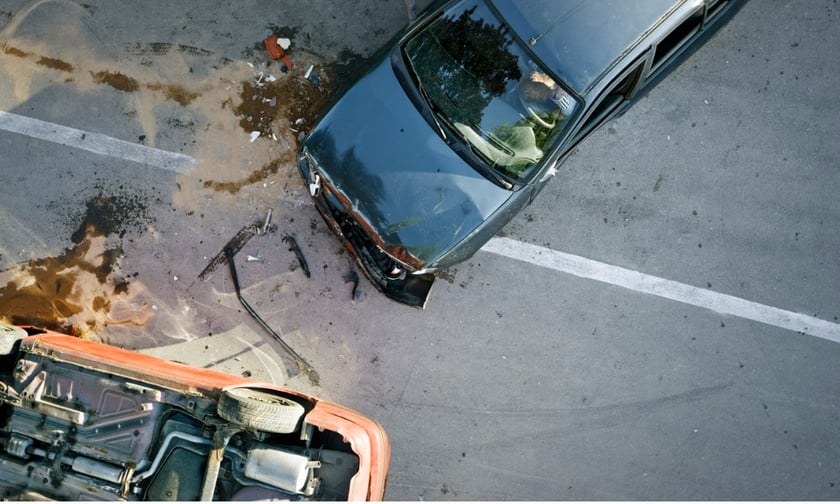

For the third consecutive year, distracted driving has been identified as the top risk factor for Canadian drivers, according to Desjardins Insurance’s annual road safety survey.
In the survey of 4,000 Canadians, 60% cited distracted driving as the leading road hazard, followed closely by impaired driving at 59% and aggressive driving at 46%. Respondents pointed to external distractions outside the car (34%), cellphone use (31%), in-car media systems (24%), and eating or drinking (22%) as the most common causes.
While only 6% of drivers considered themselves aggressive, 71% reported regularly witnessing aggressive driving, which contributes to higher accident risks and insurance costs.
Recognizing these ongoing challenges, Desjardins Insurance has continued investing in prevention and education. President and COO Valérie Lavoie emphasized the company’s role in promoting road safety to help reduce accidents and insurance claims.
With more insurers integrating telematics and behavior-based pricing, Desjardins is closely monitoring how distracted and aggressive driving trends impact premiums.
The survey found that 37% of Canadians are actively trying to reduce distractions behind the wheel. However, traditional deterrents such as fines and rewards are becoming less effective.
As a result, insurers, including Desjardins, are exploring telematics-based programs that track driver habits and provide personalized feedback. This shift aligns with broader industry trends that encourage safer driving through data-driven incentives, potentially leading to lower premiums for responsible drivers.
Vehicle safety technology adoption has also increased, influencing both claims frequency and severity.
Nearly half of surveyed drivers reported having features like rear-view cameras and blind-spot detection, with 47% believing these technologies help prevent collisions. Younger drivers, particularly those aged 16 to 34, rely on them the most, which may influence how insurers assess risk and set rates for different demographics.
Desjardins said it continues to invest over $1.2 million annually in road safety initiatives, supporting infrastructure improvements and policies like Vision Zero.
With growing public support, particularly among younger drivers, the insurer is reinforcing its commitment to reducing road-related incidents, which ultimately benefits both policyholders and the insurance industry by mitigating losses and stabilizing premiums.
